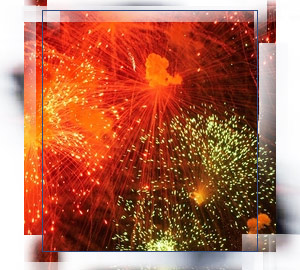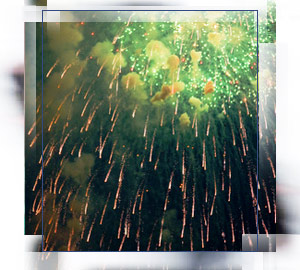Fireworks Safety Standards

Fireworks safety has a long, storied, and very necessary history. Fireworks displays are increasingly popular as both a hobbyist activity and as a professional undertaking. With displays present at most major holidays and even playing the central role in some, such as Bonfire Night in the United Kingdom or Independence Day in the United States, fireworks are not going anywhere. Thus, with the ever rising popularity of fireworks, comes the need for an appropriately rising standard of protection, taking the role of safeguards surrounding the manufacture and distribution of fireworks, as well as the development of proper handling procedures when it comes to actually using them. Fireworks safety standards, developed through a consensus process that draws opinions from the public, manufacturers, safety advocates, and so forth, are references documenting agreed upon practices for the safe manufacture, handling, and usage of fireworks. Key standards publishers are NFPA, the National Fire Protection Association, as well as the national standards bodies of the United Kingdom, Germany, and Austria.
Thorough as standardization efforts should be, firework safety standardization in the UK and other European nations has taken the form of a five part series, covering Terminology, Categories and Types, Minimum Labeling Requirements, Test Methods, and Requirements for Construction and Performance.
 In the United States, NFPA has published two standards: NFPA 1123-2014, the Code for Fireworks Display, focusing on “everyone involved with pyrotechnics for outdoor fireworks displays,” including “event and venue managers, enforcing officials, insurance professionals, and display operators”; and NFPA 1124-2013, the Code for Manufacturing, Transportation, Storage, and Retail Sale of Fireworks and Pyrotechnic Articles, which addresses the production and distribution of fireworks before they reach the site of their display. In conjunction with other initiatives, injuries from fireworks have steadily decreased over the past decade—an accomplishment made even more impressive when seen in light of the fact that sales of fireworks have steadily increased to new highs each year. This continued dedication to the safety of fireworks is seen in the frequency with which NFPA updates its standards, doing so every few years. In fact, there is already a draft for the successor to NFPA 1124:2006.
In the United States, NFPA has published two standards: NFPA 1123-2014, the Code for Fireworks Display, focusing on “everyone involved with pyrotechnics for outdoor fireworks displays,” including “event and venue managers, enforcing officials, insurance professionals, and display operators”; and NFPA 1124-2013, the Code for Manufacturing, Transportation, Storage, and Retail Sale of Fireworks and Pyrotechnic Articles, which addresses the production and distribution of fireworks before they reach the site of their display. In conjunction with other initiatives, injuries from fireworks have steadily decreased over the past decade—an accomplishment made even more impressive when seen in light of the fact that sales of fireworks have steadily increased to new highs each year. This continued dedication to the safety of fireworks is seen in the frequency with which NFPA updates its standards, doing so every few years. In fact, there is already a draft for the successor to NFPA 1124:2006.







Following the safety standards is most important while manufacturing the fireworks to ensure safety and trust without which its not just possible to sustain in the market for long run but turns as a threat for many lives. I must say that standard fireworks follows the safety standards very well which results in less accidents while bursting the crackers.